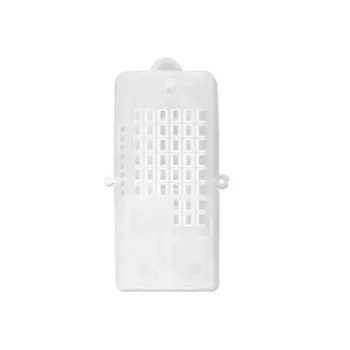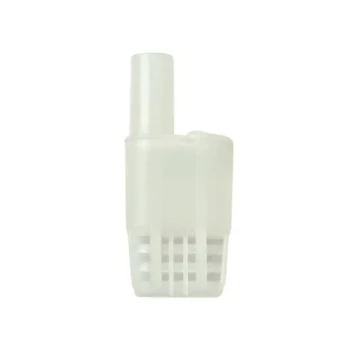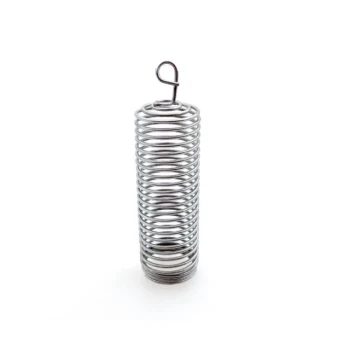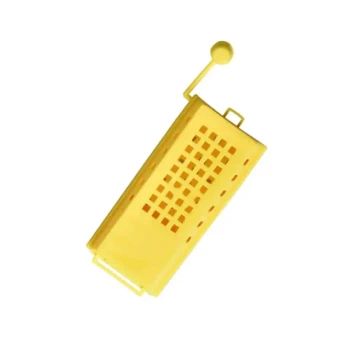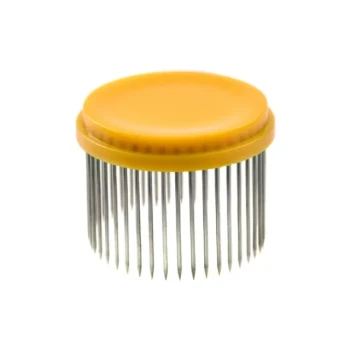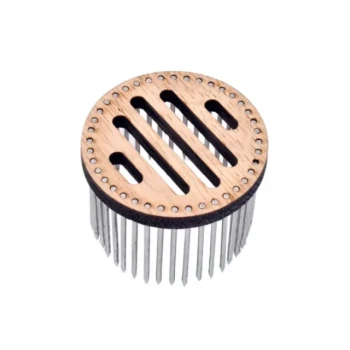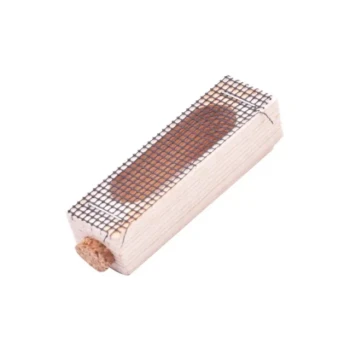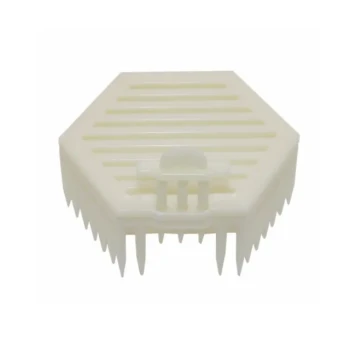Under typical conditions, a honeybee colony will take between two and seven days to fully accept a new queen. This period allows the worker bees to gradually acclimate to her unique pheromones while she remains protected inside her introduction cage. The bees will eventually release her by chewing through the candy plug that seals the cage.
The key to a successful introduction is not speed, but observation. This waiting period is a managed process where the queen's scent must overcome the hive's loyalty to their previous queen, and your role is to confirm their acceptance before she is released.

The Purpose of the Introduction Period
Introducing a new queen is one of the most delicate operations in beekeeping. The colony is a complex social organism, and its initial instinct is to treat any unknown bee, especially a queen, as a hostile intruder.
The Role of the Queen Cage
The queen cage is a small box, often with one end blocked by a sugar candy "plug." It serves as a scent-permeable safe house.
The cage allows the new queen to be placed inside the hive without being immediately attacked. It gives the worker bees time to interact with her through the screen, becoming familiar with her scent.
The Power of Pheromones
A queen's primary tool for ruling her colony is her unique queen mandibular pheromone (QMP). This scent signals her presence, suppresses worker bee reproduction, and maintains social cohesion.
When you introduce a new queen, her pheromones must circulate and overwrite any lingering scent from the old queen. This process is not instantaneous and is the primary reason for the multi-day waiting period.
Reading the Signs: Acceptance vs. Rejection
Your most important job during this time is to observe the bees' behavior toward the caged queen. This will tell you everything you need to know about their willingness to accept her.
Indicators of Successful Acceptance
You can be confident the hive is accepting the new queen when you see these behaviors:
- Worker bees are calmly walking over the cage.
- They may attempt to feed the queen through the screen.
- The bees are not aggressively biting or trying to sting through the mesh.
- They are beginning to chew on the candy plug.
Warning Signs of Rejection
Rejection is a serious risk and must be identified quickly to save the queen. The most critical sign is balling.
Balling is when worker bees form a tight, aggressive cluster around the queen cage, attempting to overheat and kill her. They will be biting at the cage and will not disperse easily if you gently brush them away. If you see this behavior, the hive is not ready, and the queen should not be released.
Common Pitfalls to Avoid
Even experienced beekeepers can make mistakes during this sensitive process. Rushing the introduction or misinterpreting bee behavior can lead to the loss of a valuable queen.
Releasing the Queen Too Early
The most common mistake is impatience. Seeing a lack of aggression after only one or two days, a beekeeper might manually release the queen.
This is risky. While overt aggression may have subsided, the queen's pheromones may not have fully permeated the hive. A premature release can still result in the bees turning on and killing her once she is fully exposed.
Disturbing the Hive Unnecessarily
Opening the hive too frequently during the introduction period can cause stress and agitation. This can disrupt the delicate process of acceptance.
Check on the queen cage once after 2-3 days, and then again a few days later if needed. Minimize your time in the hive and use smoke sparingly to keep the colony calm.
Making the Right Decision for Your Hive
Your actions should be guided by careful observation, not by a rigid calendar.
- If your primary focus is maximizing success: Be patient. Wait at least three days before your first check and allow the bees to release the queen by consuming the candy plug on their own timeline.
- If you observe signs of aggression (balling): Do not release the queen. Close the hive and wait another 2-3 days before checking again. If aggression persists, there may be another issue, such as a hidden virgin queen or laying workers in the hive.
Trust the bees' behavior as your ultimate guide to a successful requeening.
Summary Table:
| Stage | Timeline | Key Indicator | Action Required |
|---|---|---|---|
| Initial Introduction | Day 1 | Queen placed in cage with candy plug. | Place cage in hive and close. Do not disturb. |
| Pheromone Acclimation | Days 2-3 | Worker bees calmly investigating cage. | First check for signs of acceptance or aggression. |
| Acceptance & Release | Days 4-7 | Bees feeding queen and chewing candy plug. | Allow bees to release queen naturally. Confirm her release. |
| Rejection (Balling) | Any time | Aggressive cluster trying to kill queen. | Do not release. Close hive and re-check in 2-3 days. |
Ensure Your Next Requeening is a Success with HONESTBEE
A successful requeening is critical for maintaining a strong, productive colony. The right equipment makes all the difference. HONESTBEE supplies commercial apiaries and beekeeping equipment distributors with high-quality, reliable beekeeping supplies through our wholesale-focused operations.
- Source Durable Queen Introduction Cages that protect your valuable genetics during the critical acceptance period.
- Equip your operation with essential tools for smooth, stress-free hive management.
- Partner with a trusted wholesale supplier dedicated to the success of commercial beekeepers.
Don't leave your hive's future to chance. Contact our expert team today to discuss your wholesale supply needs and ensure your apiary thrives.
Visual Guide
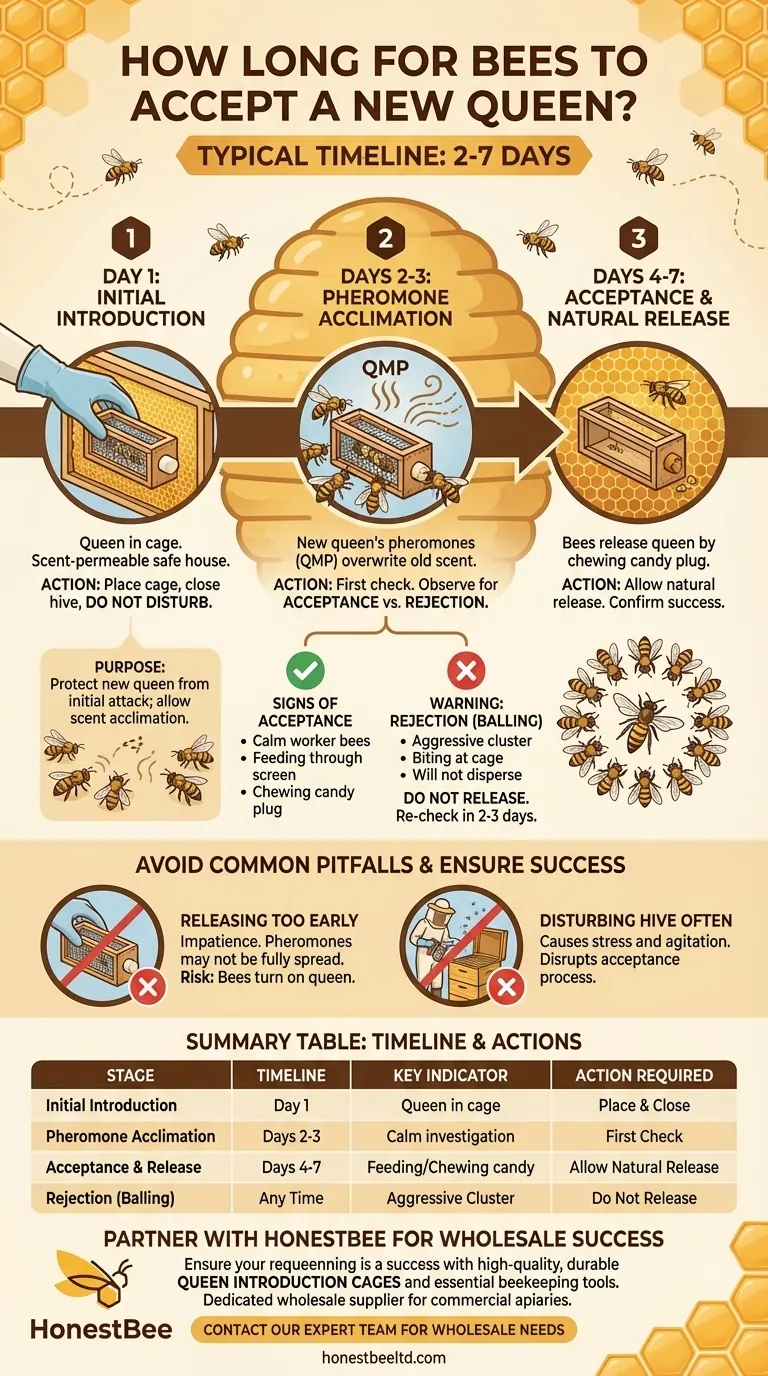
Related Products
- Professional Multi-Functional Queen Bee Cage
- Multi-Function Queen Roller Cage and Catcher
- Durable Galvanized Steel Spring Queen Bee Cage
- Professional Multi-Compartment Queen Cage with Sliding Lid
- Professional Queen Cage with Sliding Gate and Feeder Plug
People Also Ask
- What should be done if bees damage the queen cage or harm the queen? Rescue Your Queen and Save Your Hive
- How long does it typically take bees to adjust to a new queen? Master the 2-7 Day Acceptance Window
- What are the components of a standard queen cage? A Guide to Safe Queen Introduction
- What items are needed to place the queen bee's cage in the hive? A Guide to Successful Queen Introduction
- How should a queen cage be maintained over time? Ensure Queen Introduction Success
